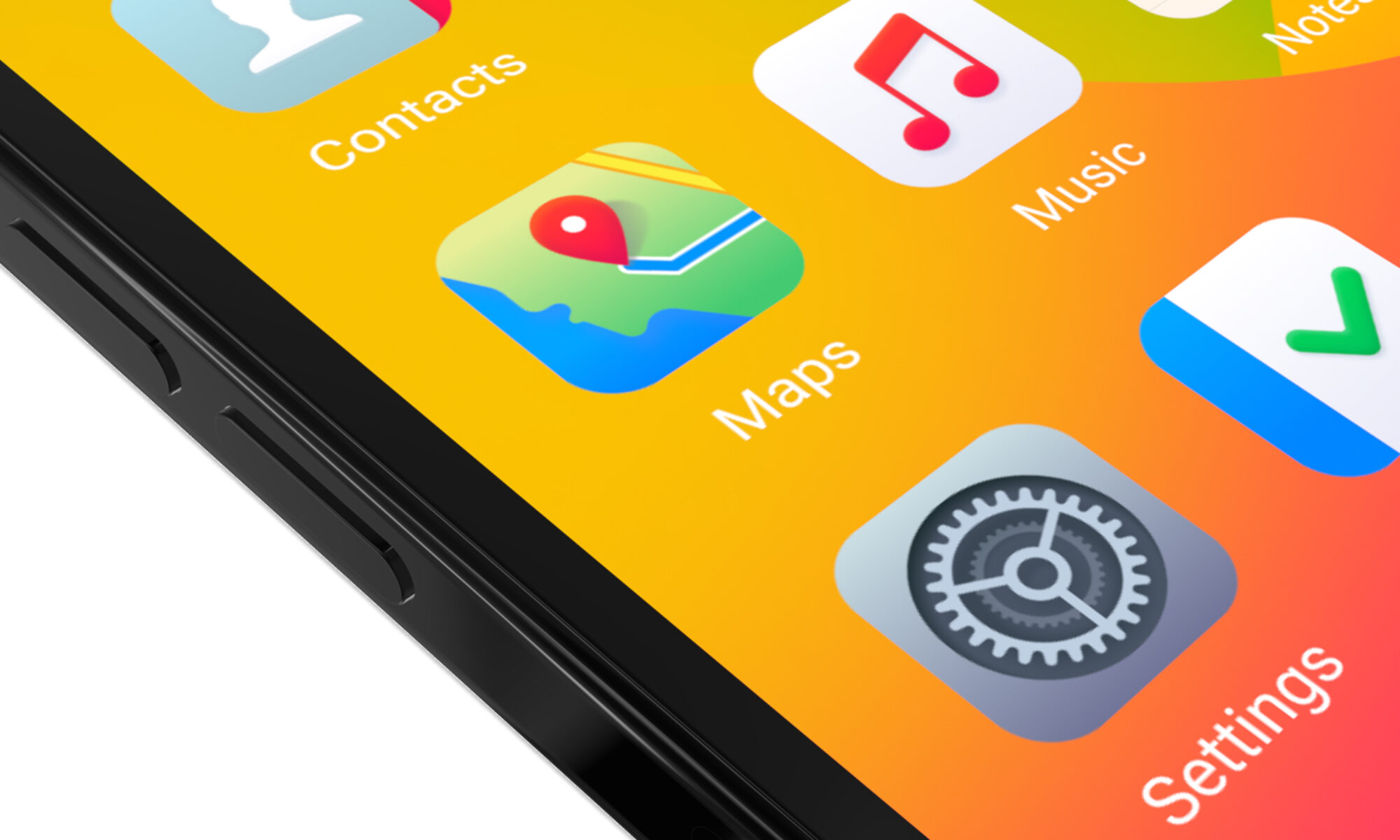It’s been more than 10 years that music has entered the digital area, as an insidious process that has reach a point where most teenagers just don’t buy audio CD anymore. Instead, they listen to songs on their iPod. The same process has applied to other artistic contents, including movies, and now it seems that the book, you know, that object with many sheets of paper, is going to decline in favor of iBooks, Kindle books and others.
 Even me, while still listening to my CDs (and planning to retrieve a vinyle turntable because the _sound is better with vinyl plates_), I’ve started to use the iPod stuff on my iPhone, and I confess I already purchased some songs on iTunes, even some full albums.
Even me, while still listening to my CDs (and planning to retrieve a vinyle turntable because the _sound is better with vinyl plates_), I’ve started to use the iPod stuff on my iPhone, and I confess I already purchased some songs on iTunes, even some full albums.
As a result, it seems that this dematerialization process is ineluctable, and that the real world, I mean the one with objects that weigh and that you can pick up with you hand, is about to become an empty space with just some humans interacting with digital devices.
The situation seemed to be sadly desperate and the future was dark. Until yesterday.
Yes, yesterday, I attended the first “HackDays Paris”, a 40-hour intensive hacking marathon where we were demoed 47 awesome projects. One of them was “#45 Noise-it-yourself”, created by a team of 3 hackers lead by Olivier Brechon.
The “#45 Noise-it-yourself” prototype (which won the first prize) is a box where you can put objects. You can put small objects in it. Maybe you can put a sleeve, or a CD-case, or a card or whatever that is not too big, depending on the size of the box of course. At his point you may think that Ulteo is killing my neurons or maybe I need to sleep. But wait! it’s not finished.
The box has a _RFID sensor_. And objects you put in it have tiny RFID stickers on.
Got it? You connect the RFID sensor to some information processing system, such as a computer or a more basic electronic device, and you know which object has been put in the box. So you can trigger some corresponding actions that start when a an object with the RFID sticker is put in the box, such as starting a song (from Jamendo, Last.fm, Deezer, or your favorite VLC player).
So now you can put an autumn leaf into the box, and this will start “Les feuilles mortes” by Yves Montand (remember: it was Hack Days _Paris_). In a more Rock fashion, it could start “Les feuilles mortes” by Iggy Pop (or maybe like me you would prefer another song by Iggy, but in this case you may prefer another object than a leaf).
So imagine that you have that device, and programmable RFID stickers, you could have your songs, or full albums, represented by the object of your choice. Whereever you want them, ordered or not. Drop the object in the box and you get the music you want. No need to click a mouse or touch a screen anymore to listen to music. Great!
Of course, it could start movies on your TV or your computer, the same way. How great and instinctive it would be for a 2 years old child to watch his favorite Barbapapa episode just by putting a small Barbapapa figurine or a card with a visual resumé of the episode. And maybe you can put that stickers on your books so that you throw the book in the box and then you can get the content displayed on your iPad or Kindle. (In that particular case, maybe that reading the book directly could be a good option as well.) Or maybe even run a software?
Of course, that could also be a nice business model for music labels, software makers, movie makers. They can distribute the RFID identities that would fit the purchased content, you could load them into RFID stickers. Or even sell cards or… various objects with the RFID stick already in place and loaded with a digital label.
And the concept could even be extended to other fields and other purposes… And some other ways than “putting in a box” can be done, such as approaching the object from your smartphone or computer.
Last, why not imagine a variant that would use QR codes instead of RFID stickers? The sensor is likely to cost little though.
So maybe I missed something before yesterday’s presentation, and that it already exists as real devices? In this case, please tell me! 🙂

It’s nice and all, but to be honest this kind of idea has been out there for years now, in design schools and media labs all over the world. It’s even embeded in products such as the Karotz (successor of the Nabaztag). A rather weird (and at the same time funny) version of this has been made by the guys over at Erasme : http://www.webnapperon.com/ . There are tons of other examples…
I mean come on, the hack day jury should have known about this, they got played like newbies 😀 So sweet.
Thanks a lot for this information, it is really interesting, including the “DIY” part of WebNapperon. Sorry if we missed that this kind of stuff already exists, but remember, it was a 40 hours hack and the stuff worked, so in my opinion it deserved recognition any ways 🙂
QRs (and RFID, probably) are so year 2000: I think computer vision and other so-called “natural interaction” technologies will take place instead. Check this out:
http://berglondon.com/blog/2011/10/07/suwappu-app-prototype/
Sure, it’s a nice technical performance to get it up and running in 40 hours and they probably deserve some kind of recognition for that… though it’s really not that big a deal after all, as long as you’ve bought the proper shield (http://marcboon.com/rfiduino/docs/rfiduinokit.pdf).
But IMHO, the point is rather: should a hackathon be about competing with your tech skills? or should it be about the most creative way to tackle an issue no one even thought could be tackled, or dream about something amazing and new, and come up with a compelling and working prototype? I sort of doubt this world needs more technical over-achievers…
Arnau: “so year 2000”, maybe the technology but not in everyday’s life, and that is what matters. What is so cool with the RFID stuff as I imagine it in a daily use with objects, is that it’s an excellent way to say “leave me alone” to my smartphone or my computer. There’s is too much screens all the time in my life now, really.
(too many screens indeed 😉 )
Hi I’m Pierre, one of the team 45 members. Just to clarify, the idea behind the hack was not to make something technically incredible : as previous comments say, this kind of things has been done (check http://www.rubbishcorp.com/rfid-spotify-player/ for a really beautiful – but more limited in my opinion – object), and yeah, there are no big technical difficulties. But as stated on the hackday’s website, “The original English meaning of the word “hack” reflected an urgency in creating something – minimal, crude, but clever – to solve a problem of the moment.”.
So, see it that way. I had a problem : the fact that I listen to all my music online _but_ miss the fact to manipulate something and, most importantly, to have CDs laying around everywhere in my room, and to see what my friends are listening to these times when I grab a drink at their place. So I just wanted a solution to that.
I sure know stuff like that has already been done, I know the Nabaztag pretty well as I have been working on it from 2008 to 2011 (in Violet and then Mindscape) (in fact the rfid reader in the hack is a mir:ror; from Violet, who made the Nabaztag). I just never found electronics and software, that did just what I want, that I could tweak and extend, that were cheap, and that I could make myself. So I made it, just to solve my (and other person’s) problem.
I don’t care about the technology used as long as they respond to my need, if something from the 70’s would have been cheap and sufficient I would have used it. The only contraints were : cheap, reliable, really easy to use, open, and most of all : no screen.
But again I agree : while not trivial, there is no big technical challenge. The challenge is to think about what we want to solve and ask technology to help us do it.
Thanks for mentioning that the visionary idea of “re-materialization” has been already re-materalized 😉 by Rafi Haladjian since Mirror & Nabaztag V2.
http://www.knowtex.com/blog/rafi-haladjian-si-on-peut-connecter-des-lapins-on-peut-tout-connecter/
Bridging the real world with the digital one is IMHO one of the more exciting developments for the years to come.
Regarding re-materialized JukeBox, we have a similar product at Digital Airways. Music albums are materialized as small stamps showing the album. To play one of them, you can just swap such a stamp with a NFC enabled mobile phone. Then the music plays, without having to care the place where the files are actually stored: a disk of yours, Deezer, a friend shared play list,…
If want to share an album with a friend, I can just give him such a stamp.
Another idea about re-materialization ? http://www.youtube.com/watch?v=iRX9r1k9sjc